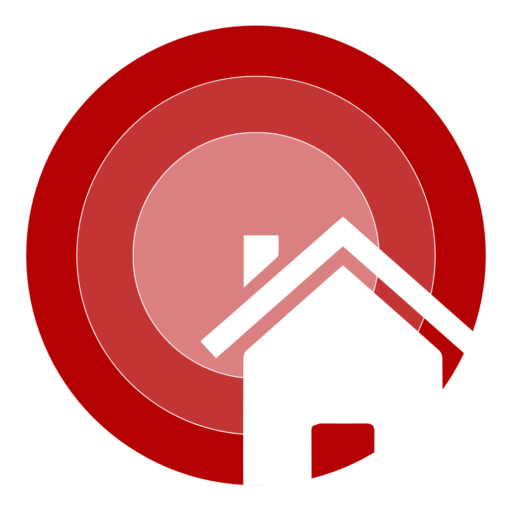Seattle is widely regarded as a safe and beautiful place to live, with its breathtaking landscapes, mild climate, and welcoming communities. However, like any location, it’s not entirely free from natural disasters risks. A recent comment on my YouTube channel raised concerns about potential dangers in the Seattle area. While I’ve always thought of Seattle as relatively low-risk compared to other parts of the country, it’s worth exploring the realities of these natural hazards. Here’s what you need to know about natural disasters in Seattle—and why there’s no need to panic!
Earthquakes
Seattle sits on the Pacific Ring of Fire, which means earthquakes are a part of life here, though they’re generally rare and mild. I can recall experiencing a few over the years, and most were over before I even realized what was happening. For many, they’re more of an adrenaline rush than a cause for alarm! While stronger quakes can happen, modern building codes are designed to minimize damage, and preparedness plans are in place. It’s always a good idea to secure heavy furniture and have an earthquake kit ready, just in case.
We have them sometimes… I can remember a handful of earthquakes. For the most part, they are over before you really realize what is going on. Always very exciting and an adrenaline rush – unless they happen while you’re asleep, and then you just think you had a dream about falling off a building, or your. husband is rolling around or something! Hahah. We’ve never had any damage from them. (knock on wood!)
Volcanoes
Yes – Seattle is on the “Ring Of Fire” – a circle of volcanoes spanning from Japan, to Alaska, Seattle and Hawaii.
Seattle is surrounded by majestic volcanoes, including Mt. Rainier and Mt. St. Helens, but there’s no need to worry about an eruption catching you off guard. Mt. St. Helens famously erupted in 1980, sending ash across the region. Thankfully, there was ample warning, and most residents in the immediate area evacuated safely. Today, scientists closely monitor all volcanic activity in the region, and early detection systems ensure the community will be alerted well in advance of any potential eruptions. For most Seattle residents, volcanoes are more of a scenic backdrop than an imminent threat.
Our favorite local volcano Mt. St. Helens erupted when I was a baby. It was actually the first time my parents had left me alone while they went out of town, and I stayed with my grandparents in Seattle. Grandpa heard the explosion, and thought someone was dynamiting stumps. ( I guess that was a thing back then…?)
My parents… missing me so much… had started their return from the trip early, and did not get caught in the storm of ash that rained down after the explosion (no lava). Ash went everywhere and got into cars… it is very fine grain apparently. They use ash from the explosion to make beautiful glass Christmas ornaments and sell them at tourist shops. There was lots of advance warning that Mt. St. Helens was becoming active and people in the area had been warned in advance to vacate, but some didn’t want to leave their homes. I believe our other volcanoes are dormant and Mt. St. Helens is always being monitored for signs of life.
Tsunamis
Tsunamis are often a concern for coastal regions, and Seattle’s proximity to the water does raise questions. However, the city is largely sheltered by the Olympic Peninsula, which acts as a natural barrier against massive ocean waves. While a major earthquake could theoretically trigger a tsunami in low-lying areas, historical records show no significant tsunamis have ever impacted Seattle in modern times. Staying informed and having a plan for emergencies is the best way to stay safe.
There was some horrifying news article a few years ago about how if there were a big earthquake and/or Tsunami, Western Seattle could be swept away to sea. We figured my sister who lives in that area, would have 15 minutes to get in the car and make it East of the Freeway (a short drive). The good news is that we are sheltered by the Olympic Peninsula, and as far as I know there has never been a devastating tsunami here in modern history. Great questions!
At least we don’t have poisonous spiders and snakes!
What Seattle Doesn’t Have
If you’re moving to Seattle from another region, you might be relieved to know we don’t deal with hurricanes, tornadoes, or extreme weather like many other parts of the country. We also don’t have venomous snakes or dangerous spiders, so you can explore the great outdoors without fear of unwanted encounters.
Staying Safe and Prepared
While natural disasters are always a possibility, Seattle residents benefit from strong infrastructure, preparedness programs, and early warning systems that help keep the community safe. For most people, the rewards of living in such a vibrant and beautiful city far outweigh the risks.
Your Next Steps
Thinking of moving to Seattle? Whether you’re concerned about natural disasters or just curious about what it’s like to live here, I’m happy to help answer your questions and guide you through the process. Contact me today for personalized advice or to learn more about finding your dream home in this incredible region!

